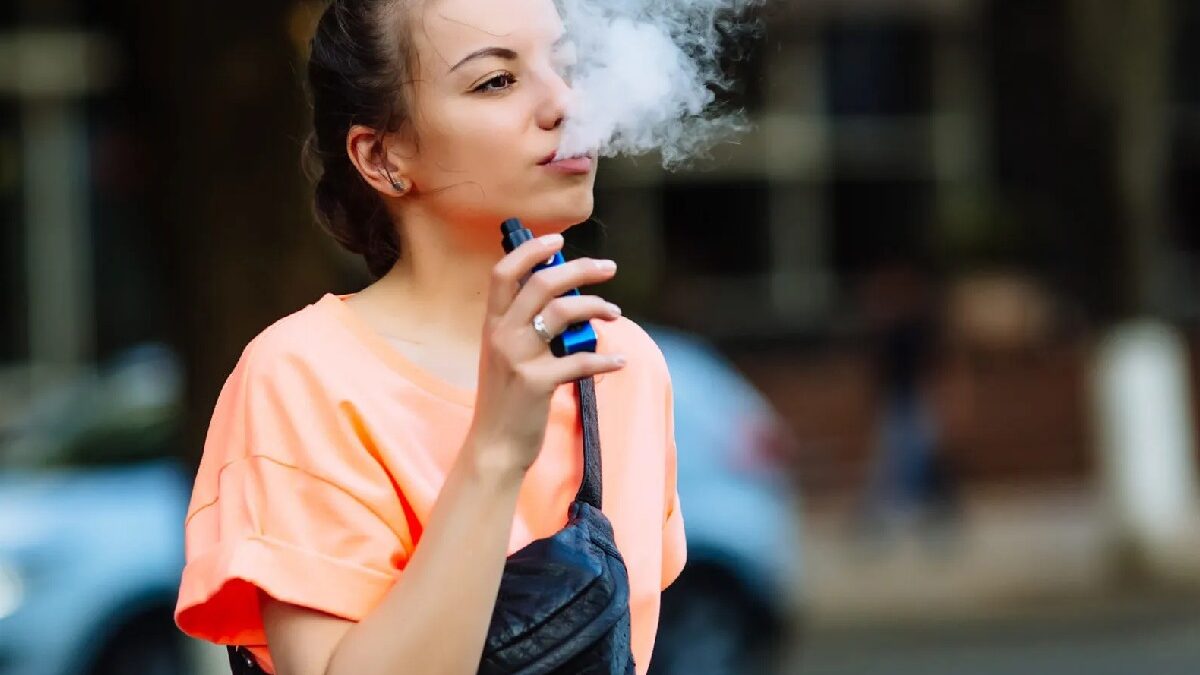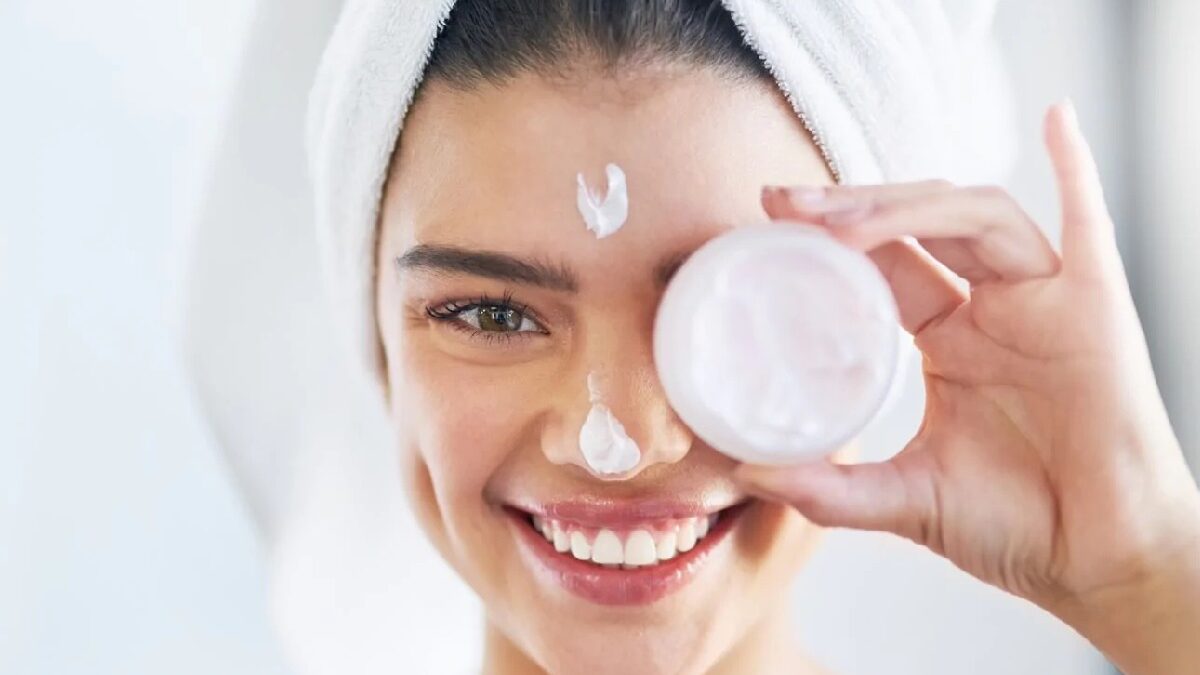
You know that giving up smoking is the best choice for your health. You may have tried to stop smoking before, as many smokers try at least once. You’re curious to learn more about vaping. You’re curious because you know vaping has helped millions of people quit tobacco.
Here is the good news regarding the safety of vaping. Public Health England, a health expert who has studied vaping, found that it is up to 95 percent safer than smoking. It’s important to note that “less harmful”, does not mean “harmless”. If you are able, it’s best to stop using nicotine.
Vaping is the best alternative if you are unable to quit smoking. However, you must be aware of some potential safety concerns. Here are some of the safety concerns with vaping, and how you can mitigate them.
E-Liquids – Unwanted additives
As a vaper, you should be on the lookout for unwanted additives. This is especially true for hemp-based products such as Delta-8 THC. Hemp products can be expensive to make, so it’s possible that some sellers will try to dilute Delta-8 vape cartridges with substances which look like hemp distillate and have no effect.
It has been known that dilution of vape cartridges has led to serious illnesses, even death. In 2019, a severe lung disease called E-Cigarette- or Vaping-Associated Lung Injuries (EVALI) was discovered. Over 2,700 people were affected by the disease, and 64 of them died. Black-market THC cartridges diluted in Vitamin E acetate appear to be the main cause of illness. Vitamin E oil is similar to hemp distillate and sellers used it to dilute cartridges and boost their profits.
Even the most shady sellers have not stopped using Vitamin E in vape cartridges since its discovery. Even in 2022, there are still new EVALI cartridges appearing. You should only buy your vape products from a shop that is specialized in the field. They will source their products carefully and only from manufacturers or authorized distributors.
Explosions and fires caused by batteries
Vaping poses another safety concern: the batteries that power the devices. The power source for a vaping device is a lithium-ion cell. The lithium-ion batteries are small, but they pack a lot of power. If you have spent time in the news you will know that these batteries can ignite if mistreated.
Most battery fires with vaping devices are caused by user error. Vaping battery fires are usually caused by:
- Use of improper charging equipment such as high-speed chargers for mobile devices.
- It is possible to over-extend a battery by connecting an ultra-powerful sub-ohm tank with a device that lacks power regulation circuitry.
- Transporting bare batteries in an improper manner, for example by putting them into a pocket.
There is virtually no risk of ever experiencing a problem if you use high-quality vape batteries and a regulated device that has safety circuitry built in. You should never leave any lithium-ion batteries unattended to maximize safety.
Safety of specific E-Liquid ingredients
You may have wondered about the safety of inhaling a sticky, dark residue that covered a vape coil. Some ingredients in your vape liquid may not turn into vapor when you vape. Some ingredients only vaporize in part. The remainder sticks to your atomizer coil and forms a layer of dark, thick vapor that eventually burns. The burnt flavor can become overwhelming, and vaping becomes unappealing. You replace the coil and start the cycle again.
Sucralose, a sweetener, is responsible for the most black residue that forms on vape coils. No one has examined the safety of using a coil covered in residue. There are two simple ways to avoid inhaling sucralose residue if you’re worried about it. Either replace your coils sooner – before residue forms – or buy eliquid without sucralose. Unsweetened eliquid is available if you search. Sweetened eliquid is very popular. Unsweetened eliquid will cause your coils to take much longer to produce residue, or not at all.
You should also consider the safety of flavoring agents when evaluating e-liquid. All eliquids are flavored with food grade flavoring agents. While these agents are safe for consumption as food additives they have never been tested to determine their safety when inhaled. Some vape juices may be safer than others. However, it could take a long time for researchers to come up with reliable data about each ingredient. E-liquids come in thousands of flavors.
Unflavored eliquid is a good option if you are concerned about the safety. Unflavored e-liquid is available from many companies. You may find it enjoyable to use. Avoid eliquids that have buttery flavors. Diacetyl, one of most common flavorings in artificial butter, is also one of few eliquid ingredients known to be harmful to inhale.
What are the safety implications of vaping?













